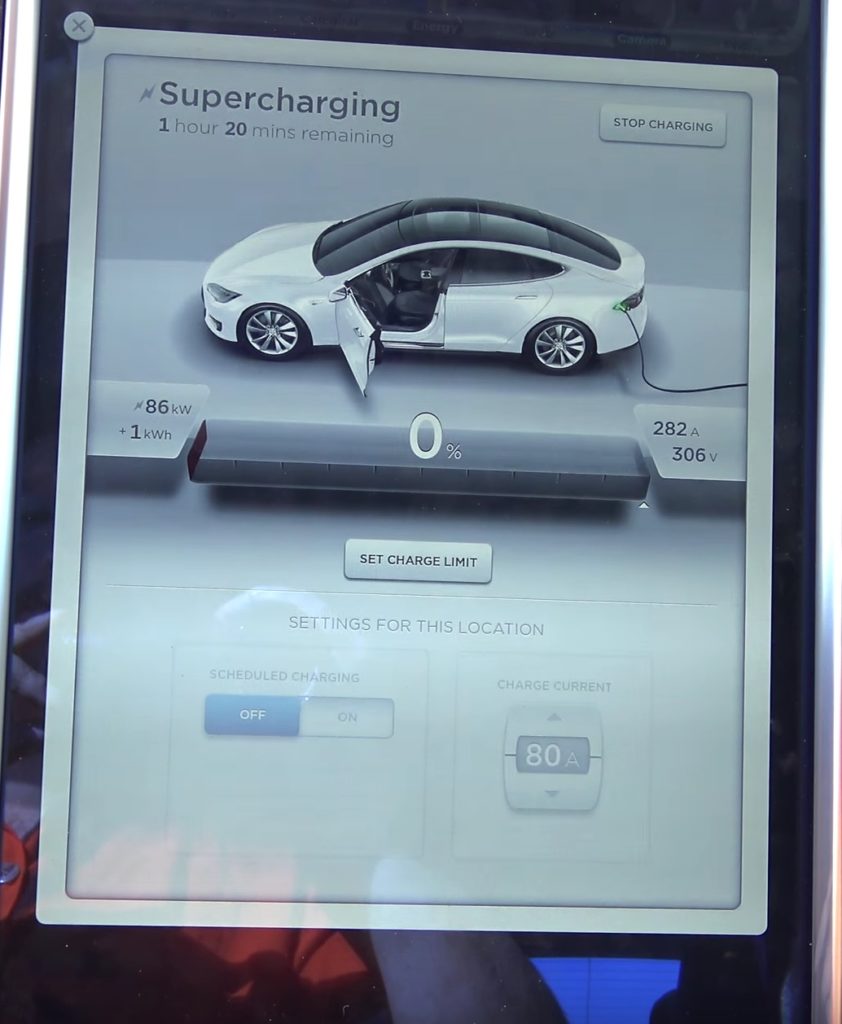Fred Wilson recently wrote a post “There is No Free Lunch” talking in part about debt — bank debt, venture debt and convertible debt — as being toxic to start-ups. Many of the other very best VCs chimed in and agreed.
Debt is indeed scary in general for start-ups. Yes, equity is more dilutive. But you don’t have to pay it back. Whatever happens, that money is yours. Period.
Debt, by contrast, is a ticking time bomb in many cases. If it’s venture debt and used to either extend your runway, or to hack a higher price for the last round, that’s great — if everything goes to plan. And if often doesn’t (that’s Fred Wilson’s point). Don’t do this.
And if it’s convertible debt into the next round at a hopefully higher price, and the next round doesn’t happen, or happens on an unanticipated terms … that can create a huge mess as well.
Just raise equity in both scenarios, is the point. You are adding a lot of risk and drama, when instead, just sell some shares you never have to pay back. Mostly, I agree.
 But my view in SaaS, where we have recurring and pretty darn predictable revenues, has become a bit more nuanced. After $2m in ARR or so, we usually have pretty darn good visibility into our next 12-18 months of revenue, within a band. The Last Four Months predictive model starts to work pretty well — more on that here.
But my view in SaaS, where we have recurring and pretty darn predictable revenues, has become a bit more nuanced. After $2m in ARR or so, we usually have pretty darn good visibility into our next 12-18 months of revenue, within a band. The Last Four Months predictive model starts to work pretty well — more on that here.
My first eye opener on the topic was a comment I learned from a board meeting with John Doerr a few years ago. No one has ever invested better. His view on debt? “Raise it. Just don’t spend it.”
His point being, a little extra cash in the bank from debt can be helpful — because it can destress your life. It means you can run the tank closer to Empty without worrying quite so much. But don’t increase your burn, change your Zero Cash Date, or push off the date to raise equity capital. It’s not “real” money.
And that’s what I did. I raised $2m in venture debt after our A round, and while I never truly spent it — I had to repay it over 36 months — it gave me more confidence to make that extra, incremental accretive investment. That extra rep, extra engineer, extra marketing hire. In fact, when I raised it (when we around $4m in ARR), it gave me the confidence to tell my VPs to make every accretive hire. Not every hire, of course. But if that extra engineer can build a feature that lets us close a $200k deal? Of course, hire her! If that extra marketing campaign for $50k will get us $100k in new revenue? Do it! That cushion from debt gave me confidence. But I never changed my burn rate, Zero Cash Date, or any of my other core metrics. More on that here.
So in SaaS, I’m a big fan of venture debt in fact — as long as it is carefully used this way. Raise it. Use it to invest in accretive activities. Thank you, SVB and friends. But on a net basis — don’t spend it. Don’t use it to extend your runway. Don’t use it to run past Empty. Don’t use it to extend your net burn, as averaged over the next 6 months.
Since then, I’ve come up with another SaaS evolution for convertible debt (vs. venture debt). When you raise a little extra now, in advance of the next round. It’s fine. My simple nuance is this: Also, Raise it, Don’t Spend It. And to avoid trouble — don’t raise more than 10-15% of what you plan to raise in the next round. If you want to raise $10m in the next round, $1.5m in convertible debt ahead of that is fine. It won’t matter either way. It’s in the noise, or close to it. And it may give you confidence to make that accretive hire or two. But keep it at 15% of the planned next round size, max. That will keep you out of trouble. If you need more — just raise the round now.

